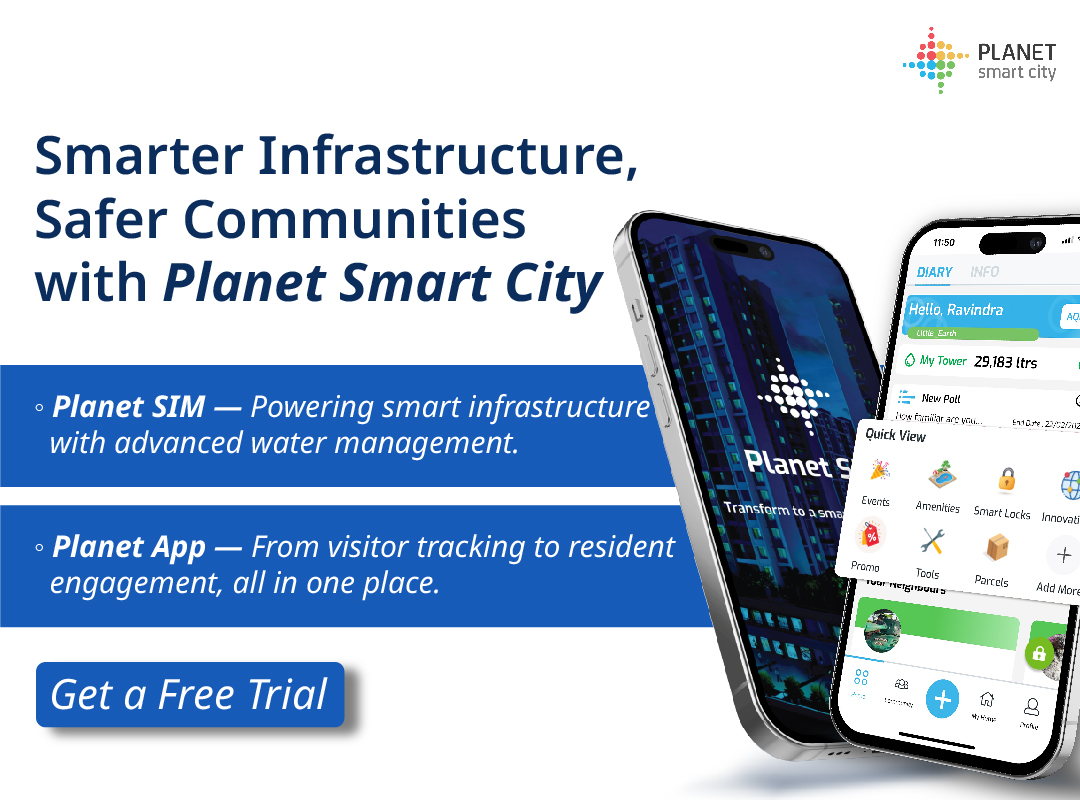How to Cut Electricity Costs in Societies

Did you know that common areas can account for nearly 35–40% of a housing society’s monthly electricity bill? From stairwell lighting to water pumps and lifts, these shared facilities quietly consume vast amounts of energy every single day. For facility managers and community leaders, this isn’t just a number on a bill. It’s a recurring challenge that eats into budgets and reduces funds that could otherwise be invested back into the community. The good news? With the right mix of smart audits, technology, and community engagement, societies can significantly reduce energy costs without compromising comfort or convenience.
Why Are Your Electricity Bills So High?
High electricity bills in residential societies often come down to three factors: inefficiency, lack of monitoring, and outdated systems. Common-area lights that burn 24/7, water pumps that run longer than needed, or old motors that guzzle power—all of these contribute to unnecessary expenses. Add to that the rising cost of electricity tariffs, and societies often find themselves overspending month after month.
The bigger issue? Most societies don’t have clear visibility into where their energy is going. Without data and monitoring, it becomes difficult to identify problem areas or take targeted action. That’s why the first step to cutting costs is always about gaining control and insight.


Step-by-Step Roadmap to Lowering Costs
By following these simple yet effective steps, societies can move from high bills to smarter, more sustainable energy use.
-
Get the Baseline Right — Smart Audits & Sub-Metering
You can’t fix what you can’t measure. Conducting a smart energy audit helps facility managers identify where the biggest leaks are. Sub-metering for lifts, pumps, and clubhouse areas gives real-time visibility into consumption patterns. With data in hand, you’ll know exactly which areas to target first.
-
Tackle the Biggest Chunk First — Common-Area Lighting
Lighting is usually the single largest contributor to common-area consumption. Replacing older fixtures with LED lighting can cut costs by up to 50%. Pairing LEDs with smart sensors or timers ensures lights only stay on when needed. For instance, motion-sensor lights in corridors and basements reduce wastage significantly while maintaining safety.
-
Automate Pumps, STPs & Other Heavy Motors
Water pumps and sewage treatment plants (STPs) are heavy energy users. Often, they’re manually operated, leading to overuse or inefficient scheduling. Automating these systems ensures they run only when required and at optimal load. Smart controllers can be programmed to avoid unnecessary peak-hour operation, bringing substantial savings and preventing wear and tear.
-
Shift to Renewables & Peak-Shaving
Solar panels for rooftops or parking areas are no longer a luxury but a necessity for societies that want long-term savings. Even partial solar integration for lighting or water heating can reduce dependency on grid electricity. Peak-shaving, where energy-intensive tasks are shifted away from expensive peak hours, further trims down costs. Combining these strategies builds resilience and reduces reliance on unpredictable tariffs.
-
Engage Residents — Behavioural Nudges That Stick
Technology alone isn’t enough. Long-term savings require resident participation. Encouraging simple actions, like switching off corridor lights when not in use, avoiding running lifts for single-floor trips, or reporting faulty fixtures, can create significant collective impact. Behavioural nudges, reinforced through community meetings or app notifications, help establish energy-conscious habits that stick.
Planet Smart City Advantage
Smart savings need efficient tools. Planet Smart City brings innovative solutions that make energy management simpler, smarter, and more effective for both managers and residents.
-
Planet SIM
Managing all of this manually can be overwhelming for facility managers. This is where our platform, Planet SIM, steps in. Built specifically for Indian housing societies, Planet SIM uses IoT and AI to optimise water pumps, lighting, and heavy electrical systems. It provides real-time data on consumption, automates operations, and even sends alerts when something is off track. By using Planet SIM, societies have reported double-digit reductions in power consumption, with immediate financial benefits.
-
Planet App
Savings become sustainable when everyone in the society participates. Our Planet App makes this easy by engaging residents directly. From digital notices to features that allow residents to monitor shared resources, the app helps bridge the gap between facility managers and community members. More importantly, it turns sustainability into a shared responsibility rather than a top-down mandate.
Your Next Step Towards Sustainable Savings
Cutting society electricity bills isn’t about cutting corners; it’s about working smarter. By starting with audits, upgrading common-area lighting, automating heavy systems, and integrating renewables, societies can slash energy costs while improving reliability and sustainability. Add resident engagement to the mix, and the results are not just financial savings but stronger, more cohesive communities.
At Planet Smart City, we’ve designed solutions like Planet SIM and the Planet App precisely to empower societies to make this shift with confidence. If you’re a facility or community manager looking to take control of rising electricity costs, now is the time to act.
Get in touch with our team today and discover how Planet Smart City can help your society save more, live smarter, and build a sustainable future.




